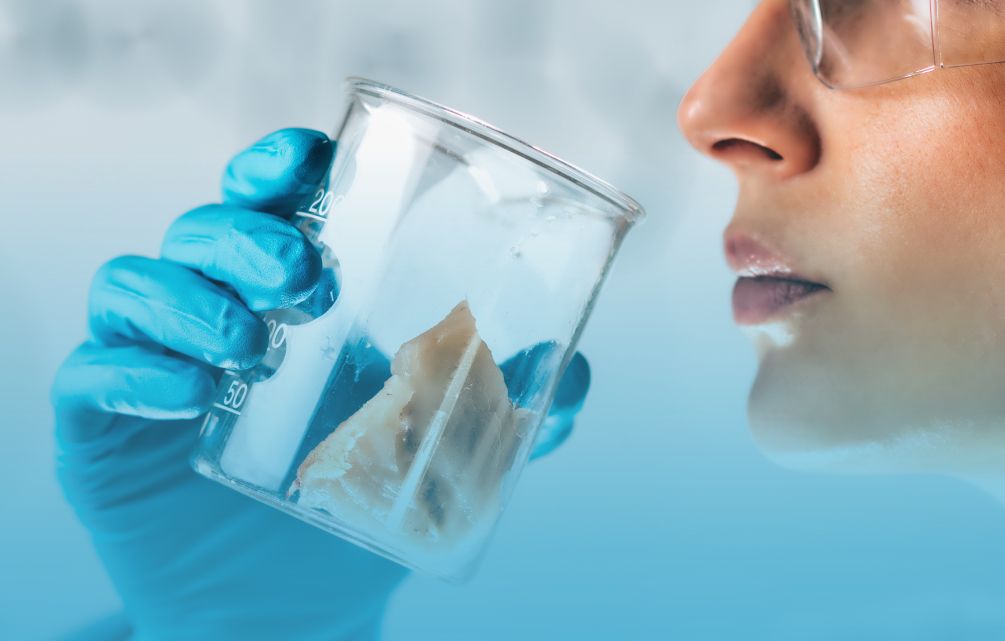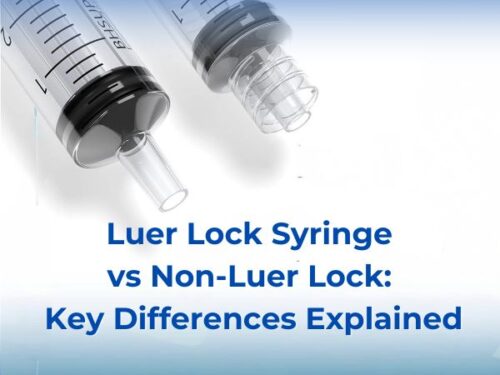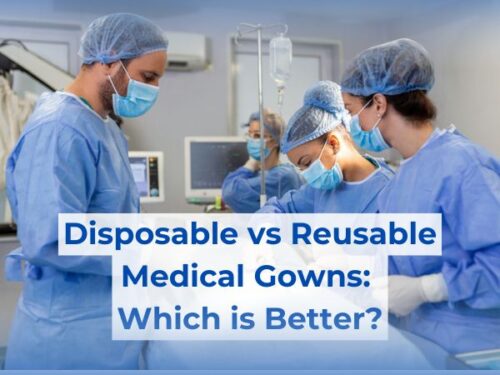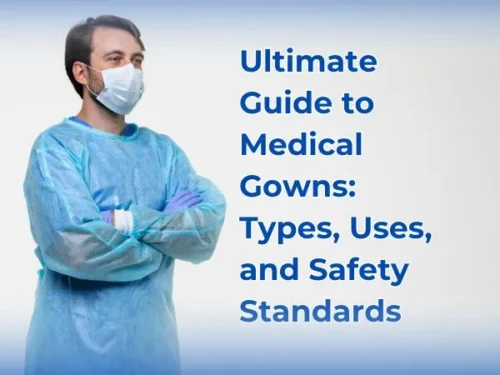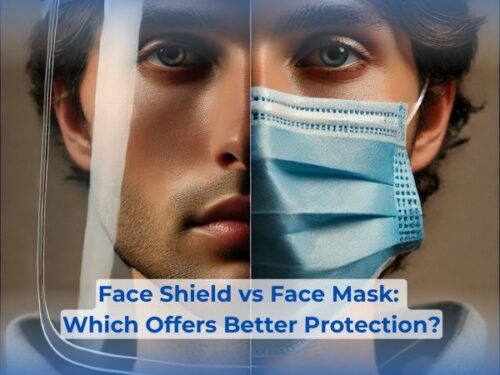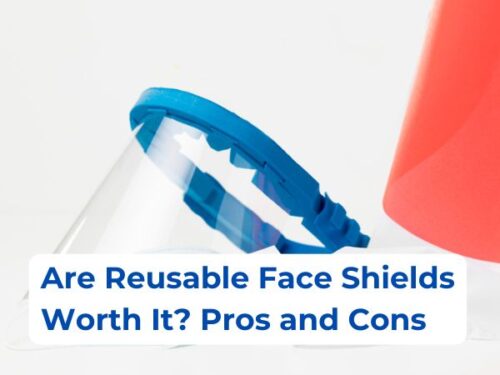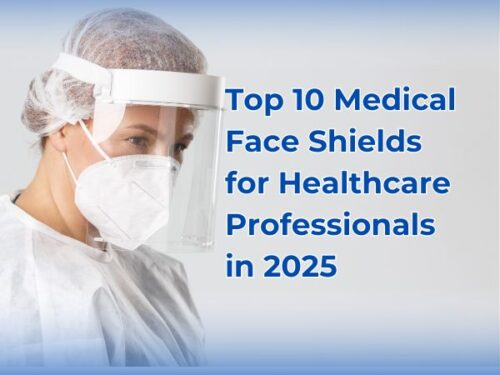Seafood is one of the major sources of protein, a vital food component required by every individual daily. According to the statistics from the years 2014 and 2019, an average of 20.5 kilograms of seafood has been consumed by each person worldwide. Globally, its frequent consumption owes to its affordability as well as cleanliness as seafood is subjected to almost no laboratory or industrial processes. However, over the present century, aquaculture faces constant threats from seafood contamination at a massive scale because many countries do not have strict implementation of rules and regulations regarding the disposition of chemical, biological, and environmental waste. Considering this, seafood safety becomes a valid concern. Let us take a look at which components usually pollute the seafood and which steps can be taken to improve the situation.
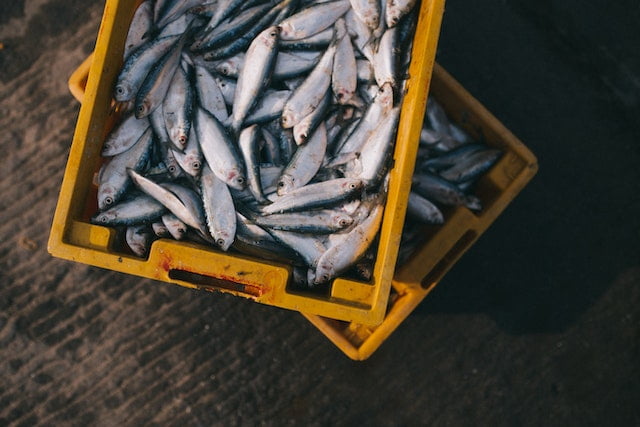
The Spectrum of Seafood Contamination
In recent times, seafood can be considered most affected by chemical contaminants due to the worsening conditions of the water reservoirs. Many studies have been conducted to identify the presence of microplastics in seafood, the findings of all of which are inclined towards being positive2.
Moreover, chemical agents such as polychlorinated biphenyls (PCBs), dioxin, selenium, and mercury, as well as per and poly-fluorinated substances (PFAs) have also been found in the seafood upon testing.
The big question is, ‘How do these chemical agents reach aquatic organisms?’ However, the answer to the query is very simple. On a daily basis, effluents from numerous industries are being pumped into the water reservoirs including ponds, rivers, and seas.
These chemicals are then consumed by the aquatic life where they start accumulating. Once this seafood is eaten by a human being, these chemicals find a way to reach into our body. Thus, timely detection of seafood is essential.
Detection and Analysis of seafood contamination
For the purpose of detecting certain harmful chemical substances in the seafood, the following steps should be taken:
1. Advanced Laboratory Equipment
Heavy metals, pesticides, as well as various toxins produced by algal blooms also occupy a significant percentage of total contaminants in the seafood.
For their detection and quantification, equipment such as high-performance liquid chromatography (HPLC), gas chromatography-mass spectrometry (GC-MS), and liquid chromatography-mass spectrometry (LC-MS) are widely employed.
Among these, HPLC, being more sensitive, can trace even the smallest amounts of these contaminants in the seafood samples. Similarly, volatile organic compounds and biotoxins are identified by gas chromatography and liquid chromatography respectively.
2. Rapid Testing Kits
Apart from chemical agents and microplastics, seafood is also rich in pathogenic organisms. Therefore, it should also be tested using rapid testing kits to detect and monitor these microbes for the purpose of achieving seafood safety. Some of these notable methods include:
· Nucleic acid-based rapid tests:
Nucleic acid-based methods are designed to identify the presence of DNA or RNA related to several pathogenic species. Polymerase chain reaction (PCR), along with hybridization probes and primers, is employed to achieve the desired outcome.
· Antigen-antibody-based rapid tests:
Antigen-antibody test is based on the principle of detecting the target antigen on the pathogenic cell. The method is highly sensitive and specific.
· Phage-based methods:
Bacteriophages are viruses that are known to attack bacterial cells. When inserted with a gene i.e. luciferase, these phages are easily visible under a microscope. Pathogenic species are infected with these gene-induced phages which, as a result, help in their detection.
Results obtained from these techniques are not only quickly achieved but are also highly reliable. Apart from these, quality tests such as aerobic plate count, E. coli count, as well as coliform count are also performed which indicate the pathogenic burden in the sample.
3. Medical Supplies for Treatment
If a person feels symptoms including diarrhea, abdominal cramps, vomiting, nausea, as well as abdominal pain within 4 to 48 hours of consuming seafood, it is most likely due to seafood poisoning. In this case, the patient should immediately seek medical help.
Healthcare providers should start the administration of IV fluids and ask the patient to drink oral rehydrating solutions (ORS). Suitable medications should be administered according to the physician’s recommendation.
Hence, it is necessary for healthcare facilities to have a sufficient supply of IV drip sets, injections, and essential medications to deal with emergencies regarding seafood poisoning.

All of the above-mentioned medical supplies can be purchased from Health Supply 770 at the most affordable prices. Furthermore, the prices are even lower during the weekly deals they offer on certain items. Do check them out for stocking up on some essential supplies.
4. Handling and Storage of Seafood
With the aim of reducing the contamination of seafood after its collection as well as minimizing the chances of spoilage, seafood items are kept in a refrigerator which should be clean. The temperature of the refrigerator should be maintained at 40°F (4°C) or below which should be frequently checked using a refrigerator thermometer.
5. The Role of E-commerce in Ensuring Safety
As everything is available online for easy purchase, the e-commerce market of seafood has also become profitable.
People opting for better food options want clean and unprocessed items for which they are even ready to pay extra. This valid demand has fueled the safety practices of seafood as well.
Moreover, this has also resulted in increased transparency of the whole process starting from the sources of seafood to the way it is stored and transported.
When things are in the public eye, sticking to the seafood safety guidelines becomes necessary. This has led to the provision of better seafood to the consumers which ultimately leads to improved overall health.
Conclusion
As almost all of the water reservoirs are full of garbage, it is not unlikely for the seafood to have been polluted as well. Several chemical agents including heavy metals have been identified to be accumulated in the seafood.
Moreover, the presence of microplastics in the seafood has also been confirmed. These chemicals get transferred from seafood to human beings who are consuming it, sometimes leading to seafood poisoning.
To prevent this contamination, it is essential to implement the guidelines set by the respective authorities regarding the prevention of water pollution. Moreover, seafood should be tested with rapid testing kits purchased from reliable suppliers to make sure each component is not exceeding its acceptable range.

PhD Scholar (Pharmaceutics), MPhil (Pharmaceutics), Pharm D, B. Sc.
Uzma Zafar is a dedicated and highly motivated pharmaceutical professional currently pursuing her PhD in Pharmaceutics at the Punjab University College of Pharmacy, University of the Punjab. With a comprehensive academic and research background, Uzma has consistently excelled in her studies, securing first division throughout her educational journey.
Uzma’s passion for the pharmaceutical field is evident from her active engagement during her Doctor of Pharmacy (Pharm.D) program, where she not only mastered industrial techniques and clinical case studies but also delved into marketing strategies and management skills.











